Magnetite: properties and uses of the mineral
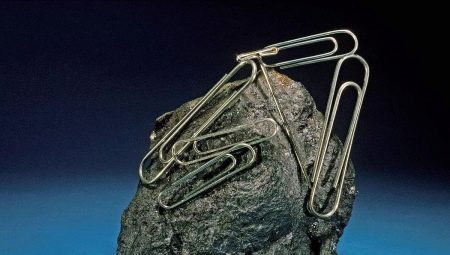
Magnetite has been known since ancient times. For example, in China they learned about it before our era, there are also references recorded in the 4th century. In those ancient times, magnetite was used as a compass, and new worlds were recognized.
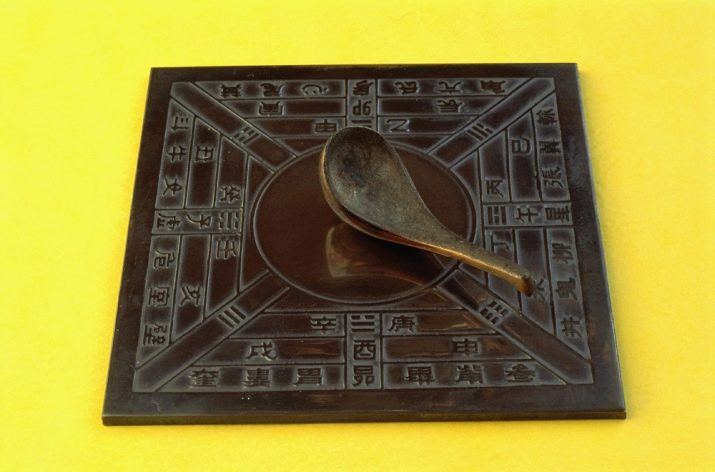
The famous philosopher Plato also writes about the magnetic stone in his writings, noting that magnetite can not only attract metal products, but also give its energy.
Features and composition
According to legend, magnetite got its name from the name of a Greek shepherd who sounded like Magnes. His shoes, as well as the lower part of his staff, were made of iron and always pulled stones towards them. Another legend says that the mineral got its name from the Turkish city of Magnesia. There was a mountain near Magnesia, and lightning often struck it.

Magnetite changed its name several times. So, until the Middle Ages, it was referred to as a magnet, then as a magnetic iron ore. The modern name "magnetite" began to be used only in 1845.
Magnetite belongs to the class of oxides. Its main chemical composition includes iron oxide. At the same time, the presence of impurities in minerals is widespread: manganese, aluminum, zinc and others. The chemical formula of magnetite is FeOxFe2O3. Theoretically, it contains pure iron FeO and Fe2O3 at 31.03% and 68.97%, respectively. Typically, these compounds are relatively pure in composition.
When red-hot to the Curie point of 580 degrees Celsius, the magnetism of the mineral completely disappears, but is restored upon cooling.In nature, magnetic iron ore is found in the form of crystals, confluent masses, granular formations.
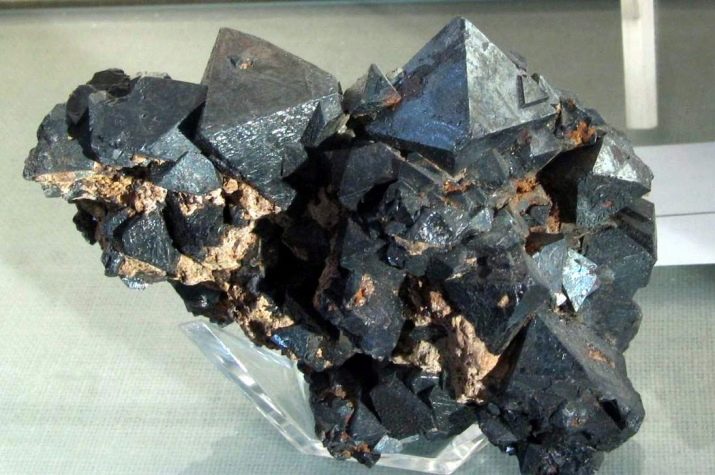
Other representatives of a number of magnetite are also distinguished: these are magnesioferrite, franklinite, jacobsite, trevorite, ulvöspinel.
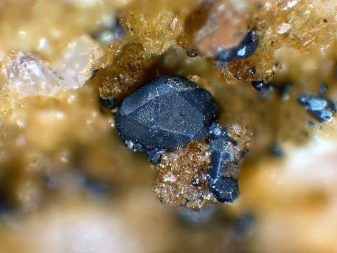
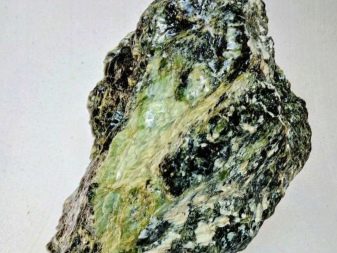
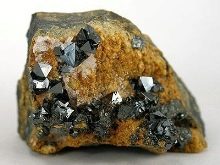

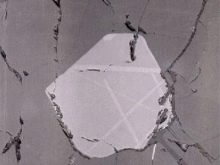
The following types of magnetic iron ore are known.
- Titanomagnetite. It is titanium magnetite with a TiO2 content (a few percent).
- Coulsonite. This variety can be called vanadium magnetite because it contains vanadium.
- Cr - magnetite. It is chromium magnetite containing Cr2O3.
- Mg-magnetite. A mineral containing magnesium.
- Al-magnetite... A mineral in the formula of which aluminum is present.
- Maghemite. The name is formed from the first syllables of the names "magnetite" and "hematite". This variety is found only occasionally.
Origin and deposits
Magnetite mineral formations are iron ores that contain iron and have the ability to attract iron. Magnetite is formed from igneous rocks such as granite, diorite and others.

In the rock, it is in the form of a homogeneous mass or in the form of inclusions... Magnetite is found in small quantities in most rocks with a coarse-grained structure, in a joint presence with such minerals as biotite, sphene, and apatite. In exogenous conditions (when the earth's shell interacts with the hydrosphere, atmosphere, and biosphere), the appearance of magnetite is rather an exception.
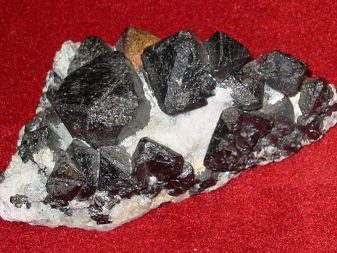
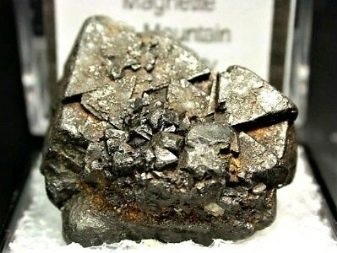
There is an assumption that today the presence of magnetite grains in the sea muddy sediment was not only the result of their entry from the coastal zone, but also a consequence of new formations in situ due to iron hydroxides under the reducing effect of decomposing organic matter.
In the zones of collision of lithospheric plates, the formation of large bedded and lenticular deposits of hematite-magnetic ores among ancient sedimentary strata took place. At the moment of mechanical action on the rock, magnetite, being released from satellite minerals, disintegrates into the smallest fraction. At the same time, there is a concentration of placers in river and sea sand.

On the territory of our country, magmatic deposits of magnetite can be found in the Chelyabinsk region (Kusinskoe deposit). Titanomagnetite with a high percentage of vanadium is mined here. This deposit is enriched with pure ore veins. The Kopan titanomagnetite deposit is being developed in the south of the Urals, containing titanium inclusions. Ferrous quartz minerals are found on the Kola Peninsula in Olenegorsk and in the West of Karelia in Kostomuksha. Swedish quartzite storerooms also became famous.

One of the rich deposits of magnetite is located in Krivoy Rog (Ukraine). In the thickness of the quartzites, there are layered deposits and formations that have the shape of pillars and are lenticular in diameter. A similar deposit is located southeast of Kursk and is known as the Kursk Magnetic Anomaly.
In Kazakhstan, magnetite is mined in the Kostanay region. It should be noted that this is a very large deposit, the volumes of which exceed the reserves of magnetic ores in the Urals. In Canada, magnetite is found in the administrative district of Sudbury. In addition, deposits of pegmatite containing magnetite inclusions are found in Norway and the United States.
Properties
Transparency is unusual for magnetites.
The color scheme of the stone is close to black-gray tones and shades: black, dark gray, dark brown. Some specimens have a bluish discoloration closer to the edge.
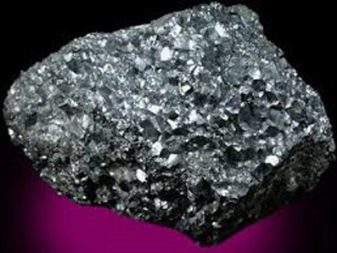
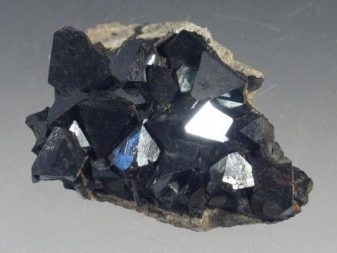
Most of the magnetite mined has a metallic luster. In addition, there are matte and resin options.
Physicochemical properties
The hardness of the mineral is in the range from 5.5 to 6 points on the Mohs scale. Also, the stone has moderate brittleness, imperfect cleavage, conical or even stepped fracture and cubic structure.
During crushing, the mineral turns into sand, without loss of magnetism. Magnetite grains of sand are drawn to different poles.
The electrically conductive properties of magnetite are rather low; it is a semiconductor. Its density is 5.2 g / cm3. The melting point of magnetic iron ore is 1591 degrees Celsius. In addition, the mineral in the powder state is soluble under the influence of hydrochloric acid, and also exhibits the properties of a weak base, slowly dissolving in water.
In the presence of sulfide compounds, the mineral is converted to hematite or limonite.
Magnetic
A distinctive property, which is indicated when describing magnetite, is its ability to attract and magnetize iron. This feature is actively used to detect deposits of magnetic stone. The stones exhibit polar magnetism and have north and south poles.

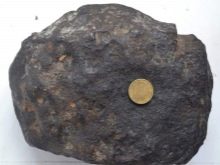
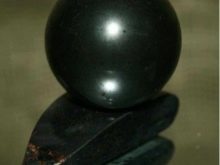
It should also be noted that magnetites are capable of attracting not only iron. Not so much, but still they affect nickel, cobalt, manganese, platinum, gold, silver, aluminum. Magnetite has a repulsive effect on zinc, lead, sulfur, bismuth.
Magical
Magnetite is known as a magic stone.

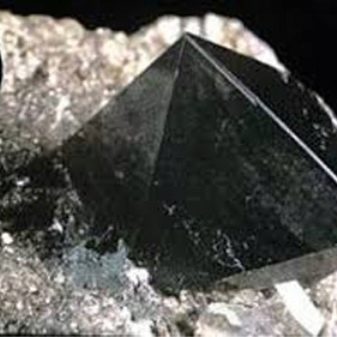
It is used to make amulets and magical paraphernalia, and it also protects during rituals.
This stone is recommended for the development of extraordinary abilities and as a talisman in creative activities.
Records that have survived to this day indicate that Alexander the Great gave each of his warriors a pebble of magnetite, which during the battle was supposed to protect from the forces of evil.
Also, magnetic iron ore helps to act correctly in adverse circumstances, and is recommended for wearing by people who are constantly losing something. It is used as a talisman against witchcraft, the evil eye and dark forces, and it is advised to take it with you to places of large gatherings of people. Most of all, the energetic forces of magnetite are suitable for the representatives of the zodiacal constellations. Aquarius, Gemini, Virgo and Capricorn.
Application
Such a mineral is used quite widely. It is especially popular in industry and medicine.
In medicine
The healing properties of magnetite have been noticed since ancient times. Since the 17th century, this mineral has been used to treat many nervous ailments, such as convulsions, paralysis, severe headaches, and depressive conditions.

Currently, the field of medical use of magnetite has become even wider. Its use is widespread for massage, in the fight against cellulite formations, in the treatment of various kinds of diseases.
It is known as a wound healing catalyst and as an antibacterial mineral.
Also they resort to it in the treatment of eye diseases, bronchitis, poliomyelitis, to relieve seizures, with Parkinson's disease, radiculitis. It has a positive effect on the treatment of varicose veins.



In addition, magnetite has anti-aging effect. This effect was confirmed in a laboratory where research was carried out on representatives of the animal world. Existing scientific developments make it possible to use the formation of nanoparticles of magnetite with gold for medicinal purposes - for the diagnosis and control of cancer.
It is not recommended to independently use magnetic products for medicinal purposes, since there may be certain contraindications for this.
Treatment with magnetite should be discussed with a doctor.
In industry
Iron, special steels and electrodes are obtained from ore magnetite, phosphorus and vanadium are obtained during its processing. Gold is mined from the concentrate of ore magnetite remaining after washing in some regions of our country. Due to its good density, inertness and lack of toxicity, the mineral has found application as a filling substance for sports weights.


In the jewelry industry, magnetite is practically not used, since it does not have sufficient density and hardness.
In rare cases, stones with a spectacular color can be enclosed in a silver frame. Most often, jewelry such as bracelets, beads and talismans are made from magnetite.
Metallic notes are often used in perfumery. With the help of chemical compounds, the smell of iron is introduced into the perfume composition.

Iron ions, combining with lipid peroxide, lead to their decomposition, which favors the formation of volatile compounds with an intense aroma.
Interesting Facts
Let's take a look at some of the startling magnetite facts.
- One of the most beautiful women, Queen Cleopatra, wore magnetite jewelry to prolong her youth.
- Many scientists have come to the conclusion that birds are able to see the Earth's magnetic field. This ability helps birds to find a home during long-distance flights.
- Before the law of conservation of energy was discovered, people made many attempts to use the properties of a magnetic stone. They were interested in the infinite energy of the magnetic field.
- Many years ago, traveling magicians of ancient Greece put on performances all over the world. The links of the large circles hung separately one above the other and did not fall. Those present at such a show believed in the existence of supernatural forces that help the artists.
How to distinguish a natural stone from a fake?
Magnetite is not a representative of the high price segment, so its counterfeit is not considered profitable. Often it is simply confused with hematite, goethite, hausmanite, chromite.
To check a stone for authenticity, you need to examine it for the presence of a magnetic field, since only magnetite can exhibit magnetic properties.
Also, any such stone has a cool metallic sheen.
How you can get magentite from sand screening can be found in the video below ..








